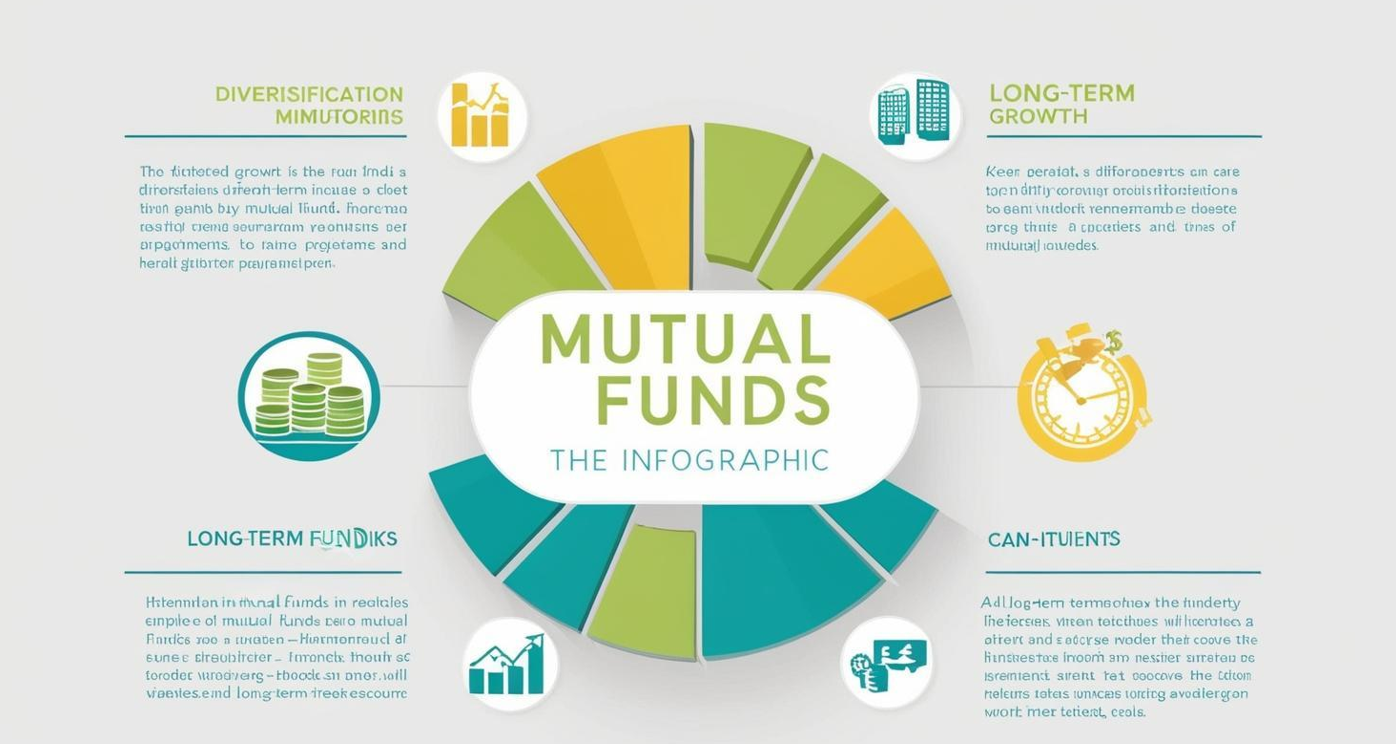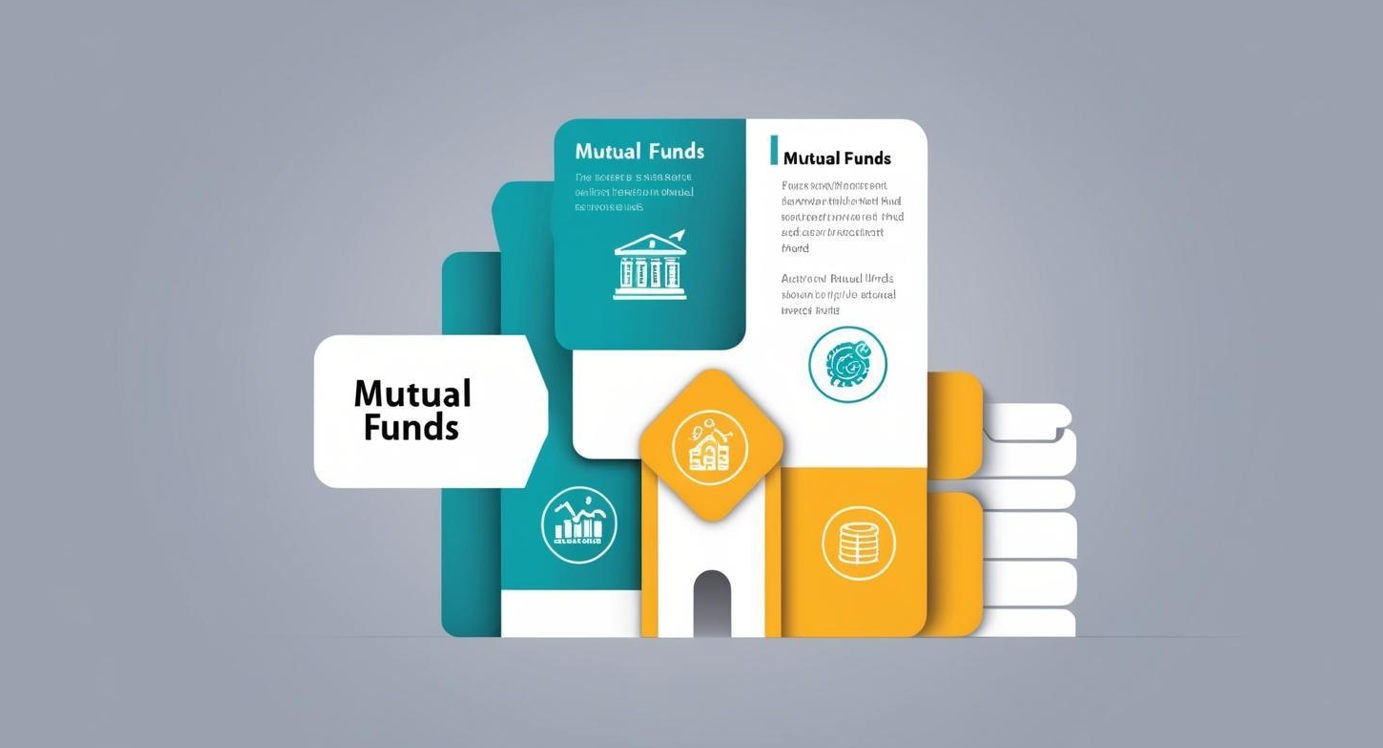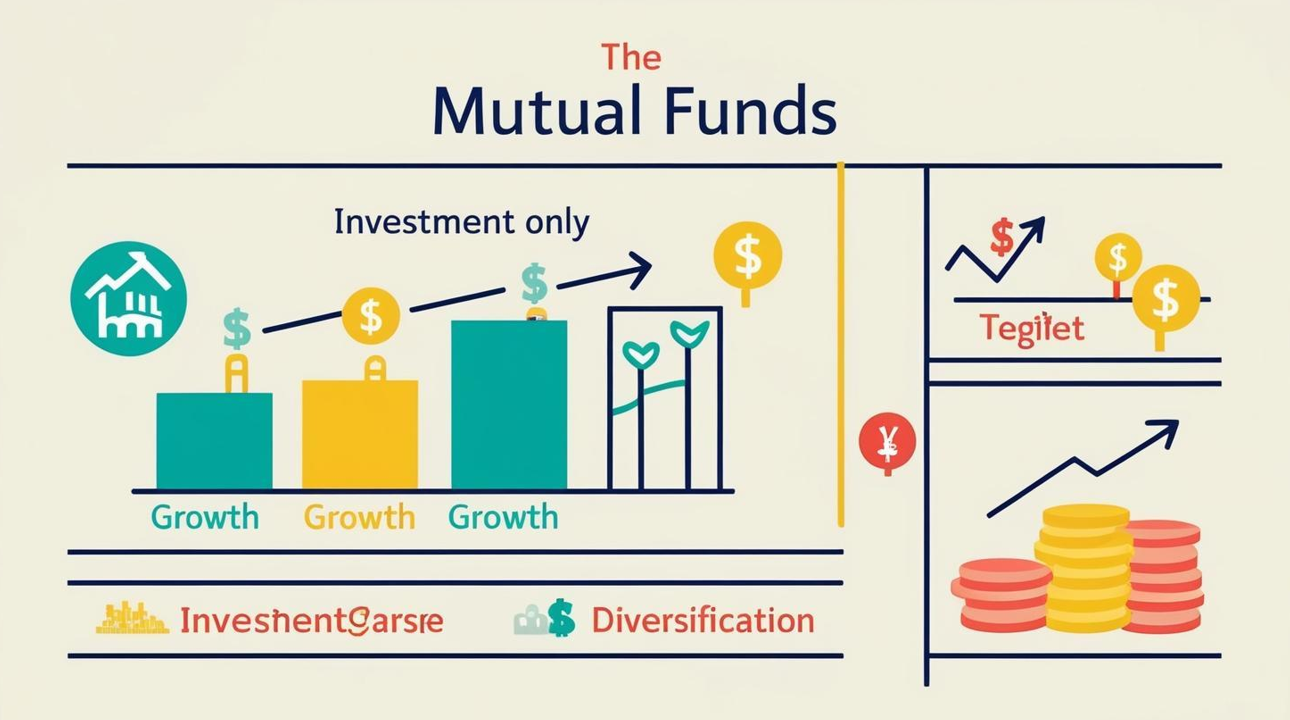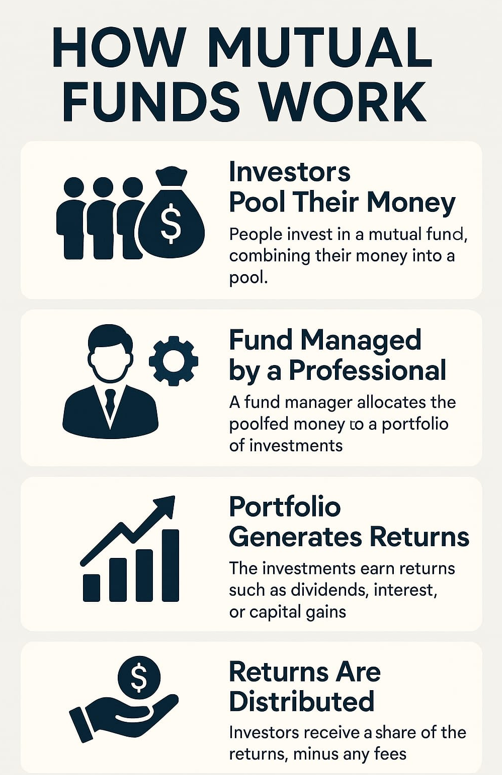Types of Mutual Funds in India: A Beginner-Friendly Guide to Smarter Investing
- Minaldeep S. Cheema
- 07/01/2025 19:41
Mutual funds are one of the most flexible and accessible investment tools available to Indian investors today. Whether you're a seasoned entrepreneur or just starting to dip your toes into finance, knowing the types of mutual funds in India can empower you to make smarter, more confident decisions. This detailed guide will walk you through every mutual fund category with zero jargon, real-world examples, and expert insights.

📌 Introduction: Why Mutual Funds, and Why Now?
Let’s face it—saving your money in a savings account alone won’t help you beat inflation. If you want to grow your wealth, you’ve got to make your money work for you. That’s where mutual funds come into play.
A mutual fund is a professionally managed investment vehicle that pools money from multiple investors and invests it in various assets like stocks, bonds, or other securities. These funds are managed by experienced fund managers who make decisions on your behalf to help grow your wealth or protect it, depending on the fund's goal.
At MSDC Financial, we believe mutual funds are one of the easiest, most effective ways for Indian investors — especially business owners and working professionals — to diversify and build wealth over time.
Now let’s break down the types of mutual funds in India based on different classifications.

🧱 Types of Mutual Funds Based on Asset Class
Asset class basically refers to the kind of things your money is being invested in—like stocks, bonds, or cash. This classification is super important because it tells you about the potential return and level of risk.
-
Equity Funds (Stock Funds)
- Invest primarily in company shares.
- High return potential, but also higher risk.
- Ideal for long-term goals like buying a house or planning for retirement.
- Large-Cap Funds – Invest in big, stable companies.
- Mid-Cap Funds – Invest in medium-sized companies with growth potential.
- Small-Cap Funds – Invest in smaller companies; high risk, high reward.
-
Debt Funds (Bond Funds)
- Invest in fixed-income instruments like government bonds, debentures, and corporate papers.
- Lower risk than equity, with stable returns.
- Suitable for conservative investors or short-to-medium term goals.
- Liquid Funds
- Gilt Funds
- Corporate Bond Funds
-
Hybrid Funds
- A mix of equity and debt.
- Balance of risk and return.
- Perfect for those who want diversification in a single investment.
- Aggressive Hybrid Funds – Higher equity proportion.
- Conservative Hybrid Funds – More debt-heavy.
- Balanced Advantage Funds – Automatically adjust the mix based on market conditions
-
Money Market Funds
- Invest in short-term, low-risk instruments like treasury bills and commercial papers
- Extremely low risk.
- Useful for emergency funds or parking idle cash.
Examples:
Examples:
Sub-types:

🎯 Types of Mutual Funds Based on Investment Goals
Different people have different financial goals. Some want quick access to cash, while others are in for the long haul. Here’s how mutual funds match your goals.
-
Growth Funds
- Focus on long-term capital appreciation.
- Invest mainly in high-performing stocks.
- Perfect for wealth accumulation.
-
Income Funds
- Designed to provide regular income through interest or dividends.
- Invest in government securities, debentures, and high-grade corporate bonds.
-
Liquid Funds
- For those who want to park money for a short period—maybe days or weeks
- Low risk and quick liquidity.
- Suitable for emergency funds.
-
Tax-Saving Funds (ELSS)
- Invest primarily in equities
- Offer tax deductions under Section 80C of the Income Tax Act (up to ₹1.5 lakh per year).
- 3-year lock-in period.
-
Aggressive Growth Funds
- High-risk funds aimed at aggressive wealth creation.
- Invest in small and mid-cap stocks.
- Not for the faint-hearted!
-
Capital Protection Funds
- Focus on preserving the capital.
- Return potential is moderate.
- Good for risk-averse investors.
-
Fixed Maturity Plans (FMPs)
- Closed-ended schemes with fixed maturity
- Predetermined investment period.
- Low volatility.
-
Pension Funds
- Long-term funds focused on retirement planning.
- Invest in a mix of equity and debt to create a corpus for post-retirement life.

🏗 Types of Mutual Funds Based on Structure
The structure determines how and when you can invest or withdraw money
-
Open-Ended Funds
- You can buy or sell units anytime.
- No maturity date.
- Most flexible option
-
>Closed-Ended Funds
- Investment is allowed only during the initial offer period.
- Fixed maturity date.
- Units can be traded on the stock exchange
-
Interval Funds
- Hybrid of open and closed-ended.
- You can buy/sell units only during specific intervals.
- Less liquid, but offers better discipline

📉 Types of Mutual Funds Based on Risk
Your risk tolerance plays a massive role in picking the right fund.
-
Very Low-Risk Funds
- Include liquid and money market funds.
- Focus on capital preservation.
- Great for short-term parking
-
Low-Risk Funds
- Invest in high-rated debt instruments
- Lower returns, but safer
-
Medium-Risk Funds
- Hybrid funds fall into this category.
- Moderate returns with manageable risk.
-
High-Risk Funds
- Equity and sectoral funds.
- Volatile but potentially rewarding

🌐 Specialised Mutual Funds for the Curious Investor
If you’re ready to level up, these funds offer niche exposure and global diversification.
-
Sector Funds
- Invest in specific industries like IT, pharma, banking, etc
- High risk and high reward.
-
Index Funds
- Track a specific market index (like Nifty 50 or Sensex)
- Lower expense ratio, ideal for passive investors.
-
International/Foreign Funds
- Invest in foreign markets.
- Helps diversify geographic risk.
-
Global Funds
- Invest across multiple countries, including India.
- Broader exposure and balanced risk.
-
Fund of Funds (FoFs)
- Invest in other mutual fund schemes.
- Offer diversified exposure through a single fund.
-
Commodity Funds
- Invest in companies dealing with commodities like gold or oil
- Great if you want indirect commodity exposure.
-
Real Estate Funds
- Invest in real estate projects or REITs
- Avoids the hassle of physical property.
-
Exchange Traded Funds (ETFs)
- Trade like stocks on an exchange.
- Low cost, high liquidity, index-tracking
-
Market Neutral / Inverse / Leveraged Funds
- Use advanced strategies to hedge risk or amplify returns.
- Suitable only for informed investors
-
Asset Allocation Funds
- Automatically rebalance between debt and equity based on market trends
-
Gift Funds
- Created for charitable giving.
- Offers tax advantages while supporting a cause
🏋 How MSDC Financial Helps You Choose the Right Fund
We know the Indian market inside out. Based in Chandigarh, we’ve helped hundreds of clients across India invest smarter. When you work with MSDC Financial, here’s what you get
- A customized investment strategy
- Ongoing portfolio management
- Real-time risk profiling
- Tax-saving opportunities
- Transparent reporting and support
You don’t just buy a fund—you build a future with us.
🏁 Final Words: Invest Smart, Invest with Confidence
India’s mutual fund market is growing like never before—and for good reason. With over
₹40
lakh crore in assets under management (AUM) and thousands of schemes to choose from,
there’s
literally a fund for everyone.
Whether you're looking for steady income, tax savings, or aggressive growth, mutual
funds
can help you achieve your financial goals. But picking the right fund isn't just about
returns—it’s about aligning with your risk profile, timeline, and purpose
At MSDC Financial, we’re more than a mutual fund distributor—we’re your personal guide
in
the journey of wealth creation. Reach out today, and let’s build a financial plan
tailored
just for you